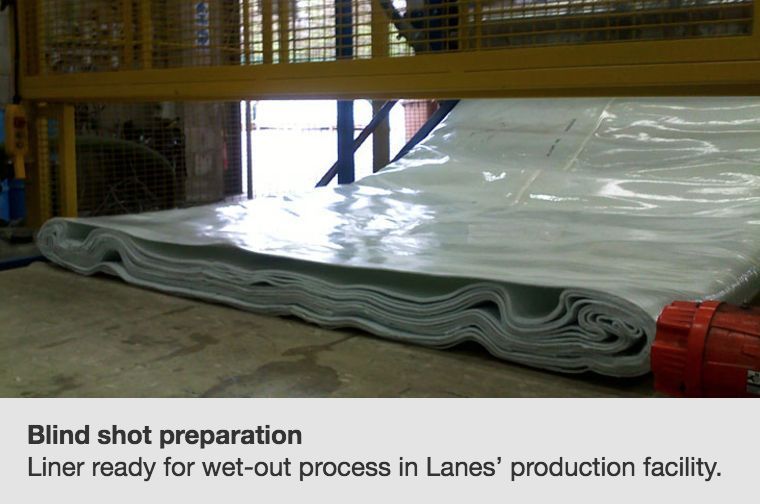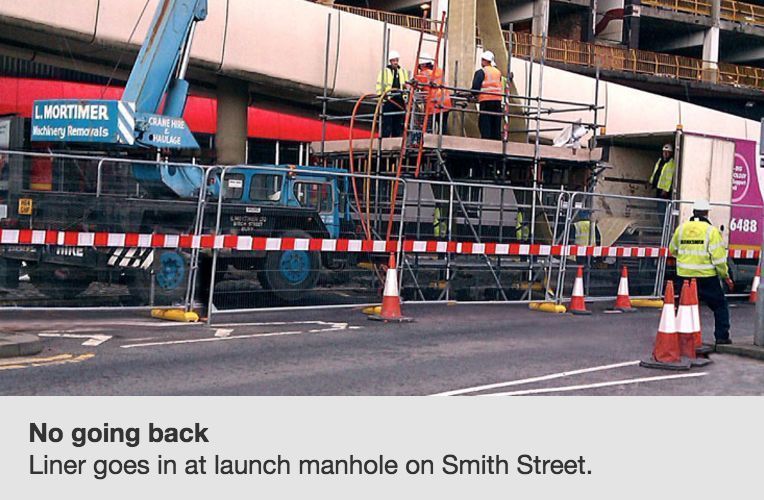Manchester Metrolink
Client: Manchester Metrolink Sector: Light Rail Location: Manchester

Project Overview
This project involved the relining of surface water sewers along the route of new tracks being built to extend the Metrolink tram network in Greater Manchester. The Metrolink expansion scheme will see the network triple in size after 60km of construction, 57 new tram stops and 240km of new rail track. Underground services, including sewers, had to be reinforced to withstand the weight of 40 tonne trams.
Lanes Group Challenge
Lanes Group was commissioned to carry out the relining work required to strengthen the surface water sewers. One 54m section of the line runs across Lancashire’s widest bridge in Rochdale town centre. Whilst there is access to the sewer pipe for this section, there is no exit manhole, only an outfall directly into the River Roch. Carrying out an excavation would have been disastrous for the budget and project schedule. Lanes Group had to find a way to line the 600mm diameter vitreous clay pipe whilst negotiating two blind chambers along the way; without allowing water, contaminated with styrene during the reline process, to reach the river.
Lanes Group Achievements
The solution proposed by Lanes was to carry out what was thought to be the UK’s biggest ‘blind shot’ reline project. It was the only feasible way to carry out the work within a reasonable budget, within a timeframe that would keep the overall tram network expansion programme on track. The process involved completing a trenchless reline of complex surface water sewers, including negotiating of two blind chambers. The project was completed on budget, avoiding needless costs and delays for the tram extension programme.


“Usually we line from manhole to manhole and trim off the liner’s sealed end at the exit manhole. With a blind shot, you launch an open-ended liner (specially tied) at the upstream manhole and use water pressure and volume to ‘blow’ the end open, because there is no exit access. The technique is usually only attempted on pipes up to 12” diameter. At 600mm diameter, this would be, to our knowledge, the biggest blind shot attempted.”
Further Reading
-

PDF Download
Download PDF







